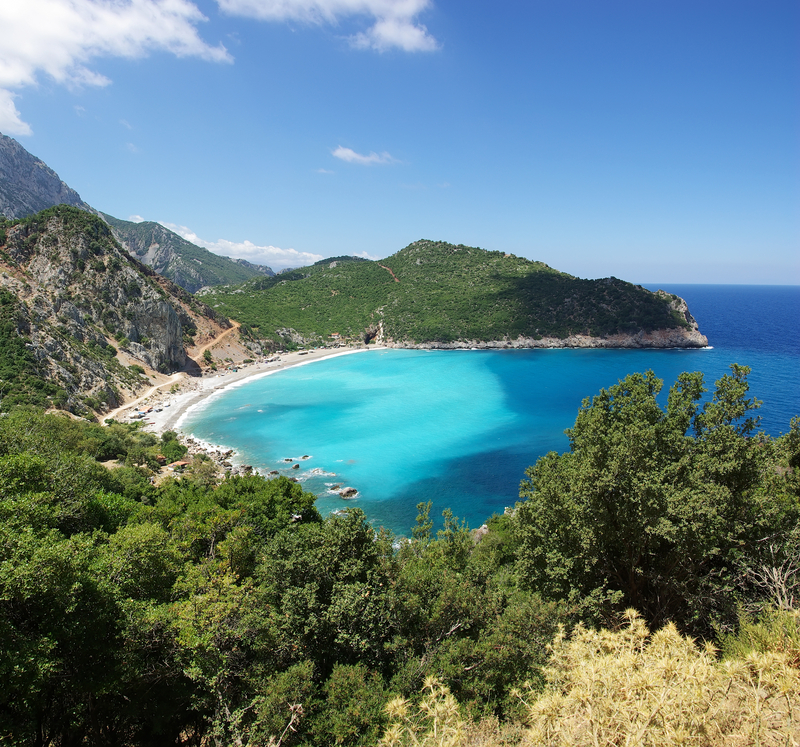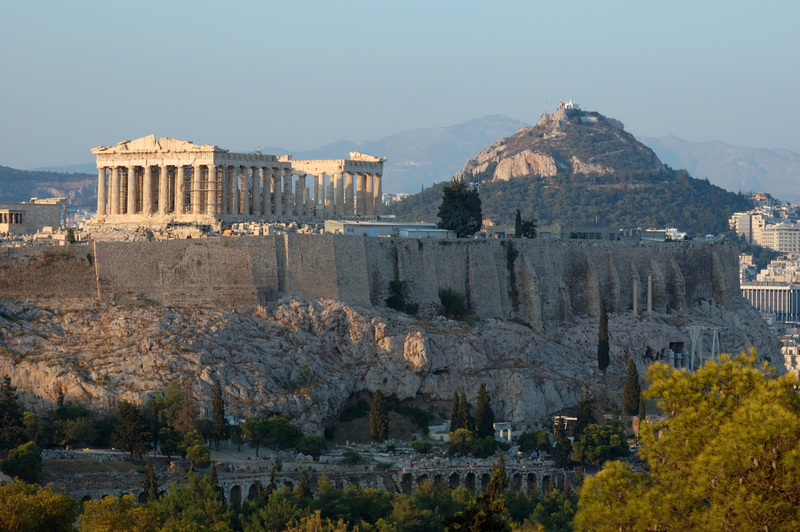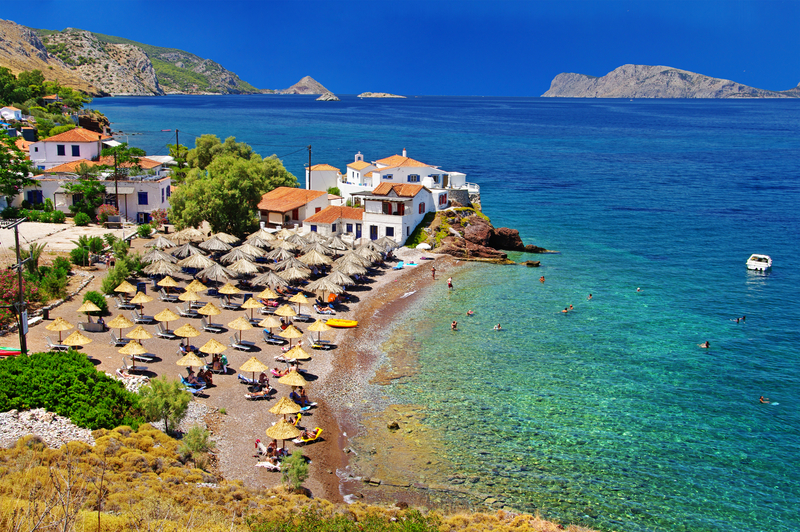Situated in the azure waters of the southern Mediterranean Sea, off the coast of Turkey, 72 miles east of Rhodes, beautiful Kastelorizo Island, Greece, is the smallest island in the Dodecanese chain. It offers the traveler delightful Anatolian architecture, panoramic views of the harbor, a rich culture, peaceful people and abundant relaxation.
The island was once called Megisti in times dating back to ancient inhabitants. The name means the largest, as it was the largest island among small rock-like formations surrounding it. Located just two miles off the coast of Lycia, now a village of Turkey, it has been inhabited since the Neolithic period. It was colonized by the Dorian Greeks and was ruled by Rhodes for many years, unill it broke away. The Egyptians, Italians and others all played a role in the history of the island. At the close of the 19th century, Kastelorizo had a flourishing trade, with ships trading goods from Anatolia with those of Egypt. Moreover, a population of 10,000 made their home in this safe harbor.

The Paris Peace Treaties in 1947 gave Kastelorizo to Greece; in recent years more and more tourists have come to explore the isolation, beauty and quiet ambiance. Kastelorizo was the setting for the movie Mediterraneo by Gabriele Salvatores, which won an Oscar and made it a more popular tourist destination.
With a rich history and tradition of the various cultures that have marked its civilizations, Kastelorizo Island offers the visitor an array of museums and sites. The Castle of the Knights is one place to see; it dates back to the 14th century; Palaiokastro is the oldest site on the island and the location of neolithic tools, ruins of ancient buildings and more; located under the Castle is the Lycean tomb, found at the port entrance; moreover, visitors should not miss the archaeological Museum.
As far as natural geoglogical formations, travelers can enjoy an amazing site; it is the famous Aqua-colored Cave. Known also as the Parastas hole or Fokiali (from the word seals), its calm blue green waters provide panoramic views and a magical presence. Stalactites and numerous pigeons, as well as seals, welcome the traveler to this palace of nature, known for a fairy tale setting.











